
Comprehending FDA's Medical Device Registration Process
Definition of Medical Devices in the United States
The regulatory authority for medical devices in the United States is the U.S. Food & Drug Administration (FDA). Official website: [FDA website](https://www.fda.gov/).
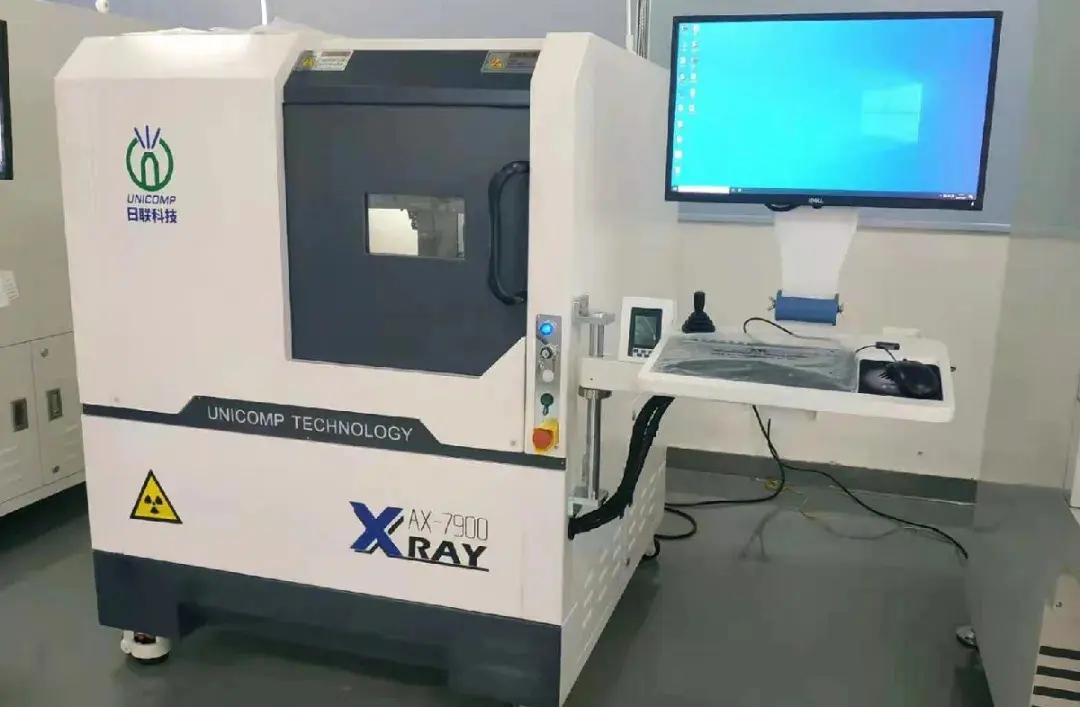
The definition of medical devices in the United States, according to Section 201(h) of the Food, Drug, and Cosmetic Act, includes instruments, apparatuses, appliances, machines, contrivances, implants, in vitro reagents, or calibrators, or any similar or related items, including components or accessories. It has the following characteristics:
-It is listed in an official compendium, such as the U.S. Pharmacopeia, the National Formulary, or any supplement thereof;
- It is intended for use in the diagnosis, cure, mitigation, treatment, or prevention of disease in humans or other animals;
- It affects the structure or any function of the body of humans or other animals and does not achieve its primary intended purposes through chemical action within or on the body of humans or other animals, and is not dependent upon being metabolized for the achievement of any of its primary intended purposes.
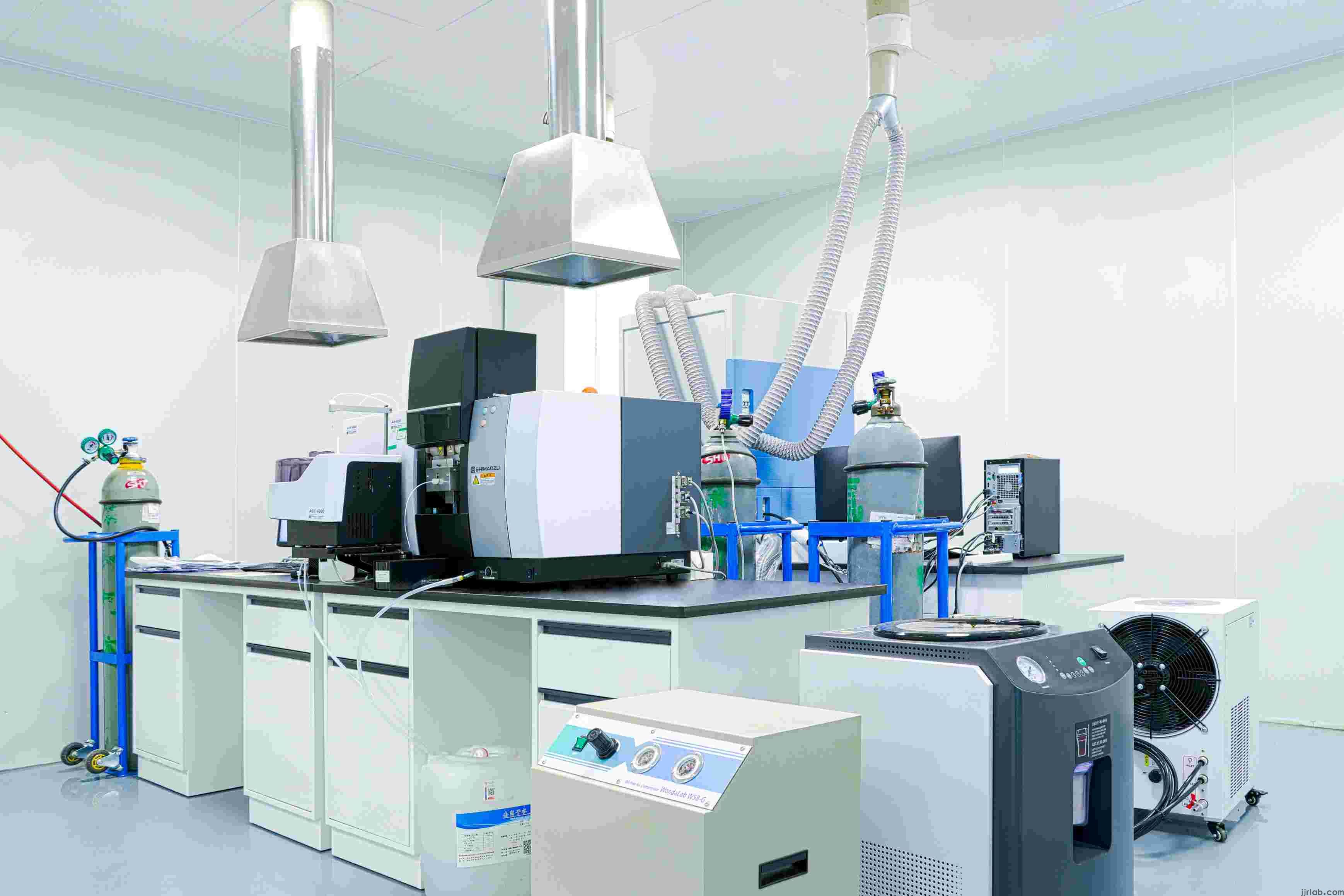
FDA Classification of Medical Devices
The FDA categorizes medical devices into three classes, each subject to different levels of regulation and control:
1. Class I Medical Devices: Low-risk devices that must comply with general controls. Most can be directly registered without the submission of a premarket notification of safety and effectiveness.
2. Class II Medical Devices: Moderate-risk devices that must meet performance standards. Most require the submission of a Premarket Notification (510(k)) to the FDA, along with evidence of the device's safety and effectiveness, before they can be legally marketed. The application process takes six months or more.
3. Class III Medical Devices: High-risk devices subject to the most stringent controls. These devices must obtain premarket approval (PMA) from the FDA before they can be registered and legally marketed. The application process takes one year or more. Before approval, the FDA conducts on-site inspections of the manufacturer's Quality System Regulation (QSR) in accordance with FDA GMP QSR820.
Relevant Regulations for Medical Devices in the United States
Title 21 of the Code of Federal Regulations (CFR) contains detailed provisions regarding the general controls, labeling, classification, registration, exemptions, recalls, and other aspects of medical devices. Official link: [CFR website](https://www.ecfr.gov/current/title-21/chapter-I/subchapter-H)
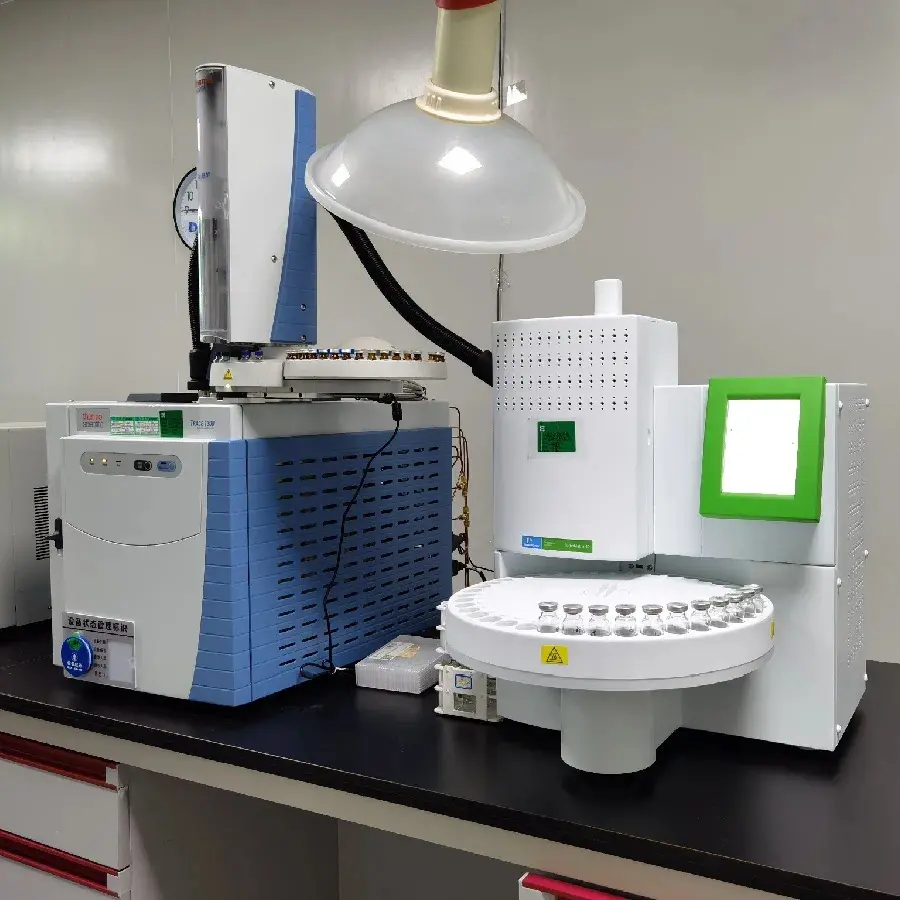
FDA Medical Device Registration Process
1. Selecting the Correct Submission Pathway
Once the device classification is determined, the appropriate premarket submission pathway must be chosen. Common pathways include:
- 510(k) Premarket Notification
- PMA Premarket Approval
- De Novo (Evaluation for Automatic Class III Designation)
- HDE (Humanitarian Device Exemption)
2. Preparing Documentation
After selecting the appropriate premarket submission pathway, the required documentation must be prepared. The FDA provides resources to assist applicants in preparing premarket submissions, such as Device Advice, guidance documents for 510(k) and PMA submissions, and CDRH Learn.
3. Submitting Documentation to the FDA
Submit the documentation to the FDA and maintain communication during the FDA's review process, including payment of user fees, providing an electronic copy, administrative review, and interactive review.
4. Completing Registration
Medical device establishments must register with the FDA, and their devices must be listed. Registration, assignment of a registration number, or listing of a medical device does not denote FDA clearance or approval for the establishment or its products.
These steps and requirements constitute the basic requirements and process for medical device registration with the FDA in the United States.
Email:hello@jjrlab.com
Write your message here and send it to us
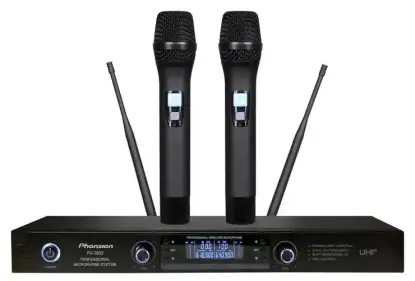 Wireless Microphone Export Certification
Wireless Microphone Export Certification
 Audio-Visual Products SNI Certification in Indones
Audio-Visual Products SNI Certification in Indones
 FCC-ID: Still Needed if Module is Certified?
FCC-ID: Still Needed if Module is Certified?
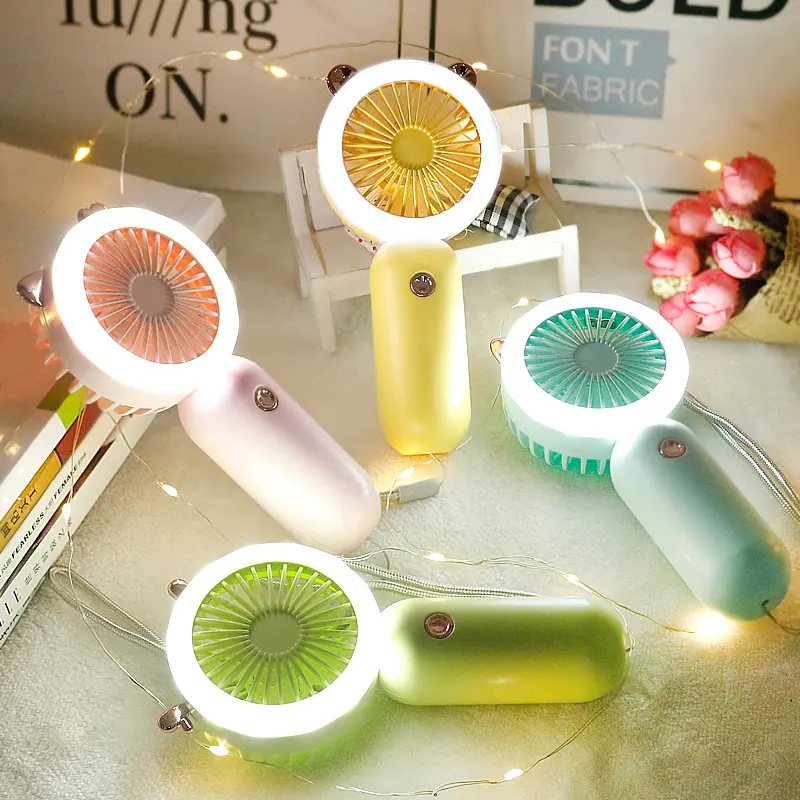 FCC Certification Fees for Handheld Fans
FCC Certification Fees for Handheld Fans
 FCC Certification Testing for Smart Lighting Produ
FCC Certification Testing for Smart Lighting Produ
 What is the ETSI EN 303 645 Testing Standard?
What is the ETSI EN 303 645 Testing Standard?
 UL Compliance and ETL Certification for LED Lighti
UL Compliance and ETL Certification for LED Lighti
 What is the IEC 60598 Standard?
What is the IEC 60598 Standard?
Leave us a message
24-hour online customer service at any time to respond, so that you worry!




